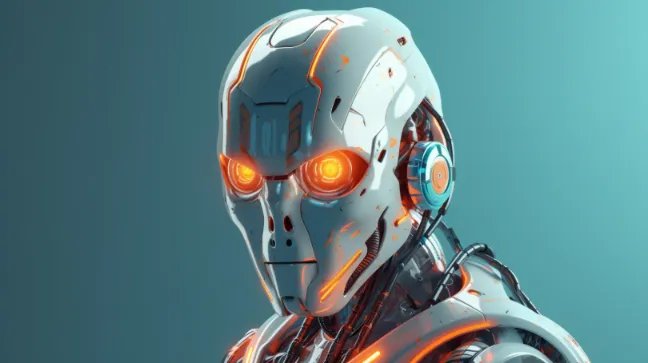How many AI Apps Are There?
Artificial Intelligence (AI) is a rapidly growing field that has the potential to revolutionize the way we live and work. AI is essentially the simulation of human intelligence processes by machines, including learning, reasoning, and self-correction. The current state of AI has already produced numerous applications that are being used in various industries, including healthcare, finance, retail, and transportation, among others.
AI Apps Categories
There are several categories of AI apps, including natural language processing, machine learning, robotics, and computer vision, among others. Natural language processing apps are designed to understand and interpret human language, while machine learning apps use algorithms and statistical models to improve performance over time. Robotics apps are used to automate tasks that would otherwise require human intervention, and computer vision apps are used to analyze and interpret visual data.
Some examples of popular AI apps within these categories include Siri and Alexa for natural language processing, Google Translate and Grammarly for language translation and grammar correction, Netflix and Spotify for personalized entertainment recommendations, and Tesla’s self-driving cars for autonomous transportation.
The Future of AI Apps
The future of AI apps is predicted to be even more exciting, with advancements in natural language processing, image recognition, and machine learning. Some potential applications of AI technology include personalized healthcare, predictive maintenance in manufacturing, and improved customer experience in retail.
The Influence of Centralized and Decentralized Systems on AI Apps
As we examine the vast array of AI applications and their growth, it’s crucial to also consider the “difference between decentralized and centralized” models in relation to AI’s development and deployment. This consideration is increasingly relevant given the current technological advancements and the shifting dynamics in data management and security.
Centralized systems, with data and control concentrated at a single point, have been traditionally used due to their ease of management and efficient data processing. Centralized AI apps can handle complex computations seamlessly, given the high-power servers at their disposal. However, they can become single points of failure and are often criticized for data privacy concerns.
On the other hand, decentralized systems distribute data and control across multiple nodes, making them more resilient to failures and enhancing data security. The AI applications running on decentralized systems can leverage distributed computing power, thus enhancing scalability and resilience.
Understanding the “difference between decentralized and centralized” systems is key to exploring how AI apps can optimize data handling, privacy, and resilience. As we look to the future, we can anticipate a greater blend of these systems, each being utilized where they shine the most, offering a hybrid approach for more robust, reliable, and secure AI apps.
Conclusion
In conclusion, the development and role of AI apps in modern technology is increasingly significant, with seemingly limitless possibilities for growth and evolution. Central to this is understanding the influence of different system structures on these applications. Staying informed about the latest developments in AI, including the intersection with centralized and decentralized systems, is crucial to maintaining competitiveness in today’s rapidly evolving business environment.






